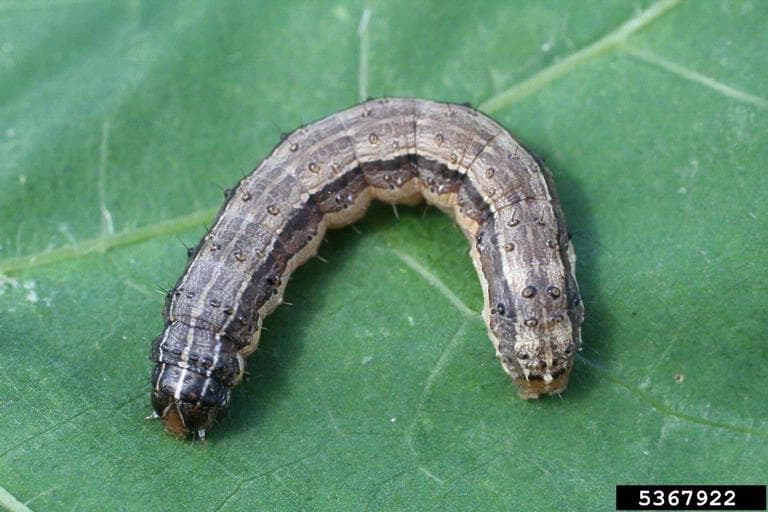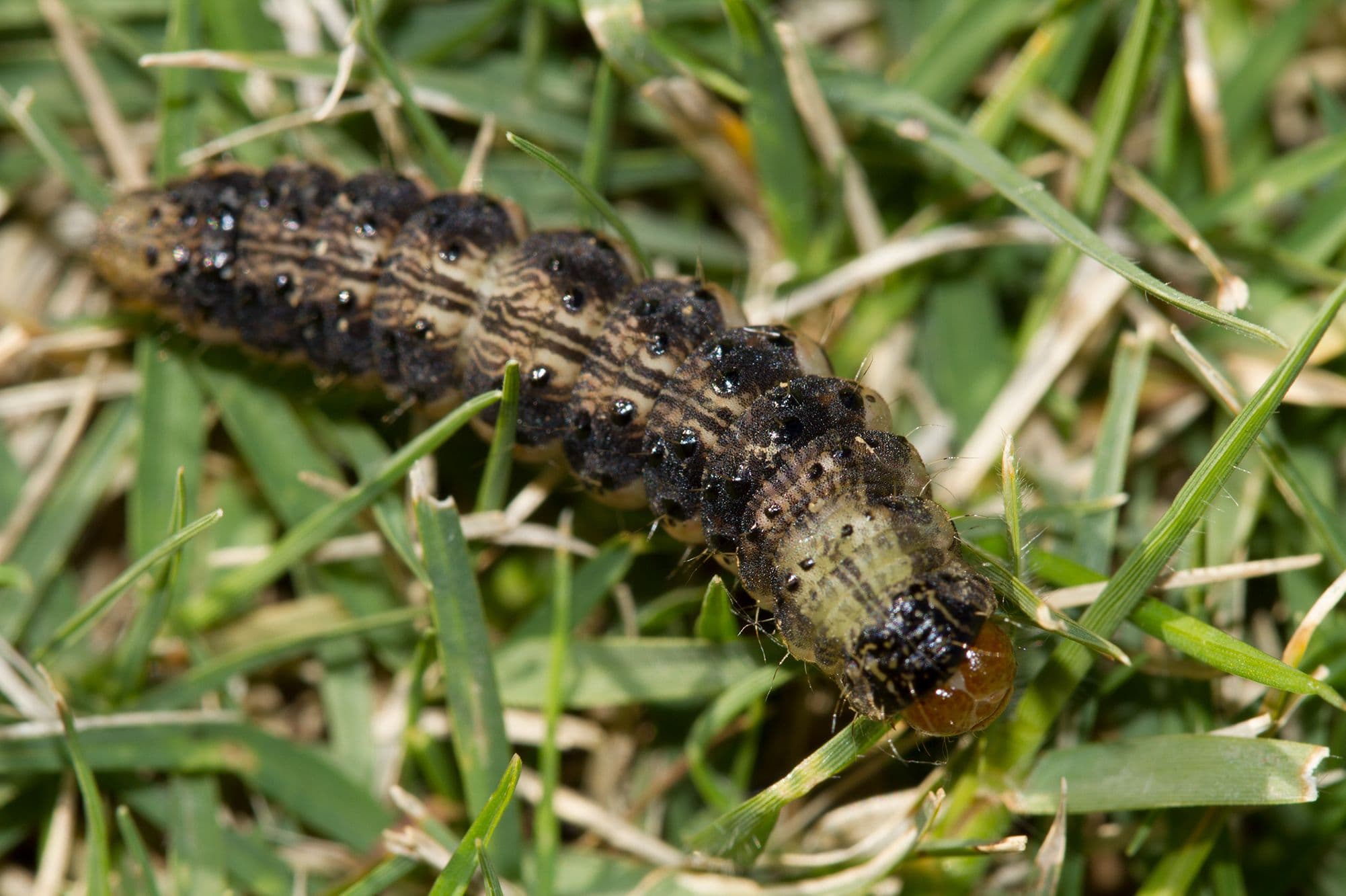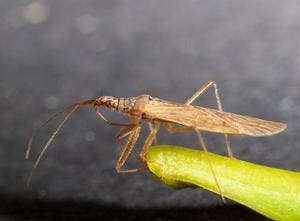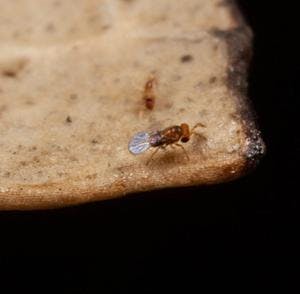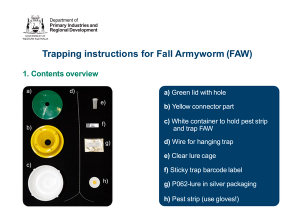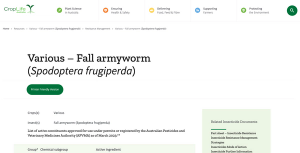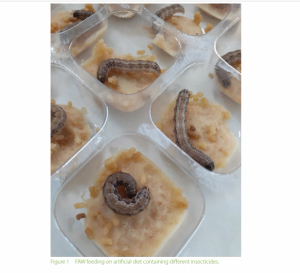Summary
Fall armyworm is a highly migratory, invasive pest which poses a threat to crops such as maize, sweet corn, rice, sorghum, cotton, sugarcane, and horticultural species.
It was first reported in Australia in February 2020 and can now be found in northern Queensland, Northern Territory, northern parts of Western Australia, New South Wales and Victoria.
Chemical Management
Fall armyworm is known to have natural tolerance to some insecticides, and to rapidly develop resistance to others, so it is important to use insecticides judiciously and follow resistance management plans to maintain effectiveness of insecticides for controlling this pest.
Data from research conducted by NSWDPI and QDAF have shown that resistance in Queensland populations is low for Group 28 (avermectins and spinosyns); moderate for indoxacarb and carbamates; high for synthetic pyrethroids.
For more information on the science behind insecticide resistance in Fall armyworm see Bird et al. 2022.
Fall armyworm has a naturally high tolerance to indoxacarb (Group 22), and there is evidence of carbamate (Group 1A) and organophosphate (group 1B) resistance in Australian populations.
Fall armyworm has a very low sensitivity to alpha-cypermethrin and gamma-cyhalothrin (Group 3A), and are 50-80 times less susceptible to synthetic pyrethroids than Heicoverpa armigera. So SP's are unlikely to control this pest, even under optimal spray conditions.
They retain sensitivity to chlorantraniliprole (Group 28), emamectin benzoate (Group 6A), and spinosyns: spinosad and spinetoram (Group 5).
Retaining sensitivity to these chemicals is vital for the long term management of Fall armyworm, so it is essential to undertake regular monitoring, to apply selective insecticides only to above-threshold populations and to always rotate modes of action.
For more information on the permits available for Fall armyworm control in horticulture and grains crops visit the Australian Pesticides and Veterinary Medicines Authority.
Resistance
Biological Management
Natural enemies that target the eggs, larvae, and pupae of other lepidopteran pests can also attack fall armyworm present in the same crops.
Fall armyworm populations are also likely to be reduced by generalist predators like spiders, beetles, ants, sucking bugs, and predatory wasps. Birds and other animals may consume the adults and pupae. Soil pathogens, such as nematodes, can also decrease pupae numbers.
Egg and larval parasitoids have been used to successfully decrease fall armyworm numbers overseas and are likely to play a significant role in biological control in Australia. Many egg parasitoids can be mass-produced and are available in Australia, where they have been used to manage Heliothis and other lepidopteran pests. Telenomus remus and Cotesia marginiventris, are important natural enemies overseas which can also be found in Australia.
Natural Enemies
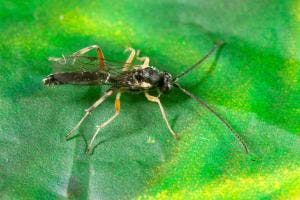
Lepidopteran larval parasitoids
Order: Hymenoptera
High efficacy
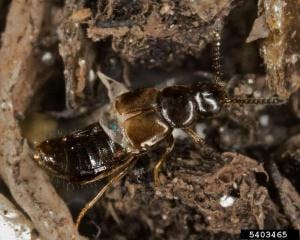
Rove beetles
Family: Staphylinidae
Moderate efficacy
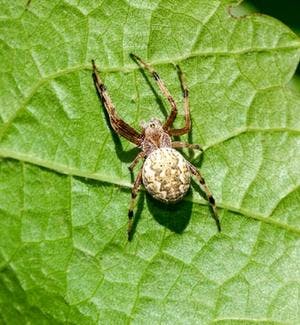
Spiders
Order: Araneae
Moderate efficacy
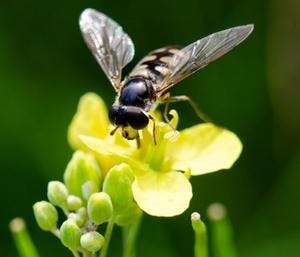
Hoverflies
Syrphidae sp.
Moderate efficacy
Cultural Management
Maintaining farm biosecurity measures and practicing good farm hygiene, along with the removal of alternative hosts like weeds and volunteer crop plants, are crucial management practices. These practices are particularly important during periods and in locations where fall armyworm would struggle to survive throughout the year.
In addition, cultural practices like trap cropping have the potential to decrease fall armyworm populations. Resistant host-plant variants have been shown to support Fall armyworm management overseas.
The cultural practices for Fall armyworm management which have bee successful in other countries need to be tested in Australia to develop management practices specifically tailored to our conditions.
Resources

Fall armyworm continuity plan
Plant Health Australia

Fall armyworm fact sheet NSWDPI
Fall armyworm
NSWDPI
Management
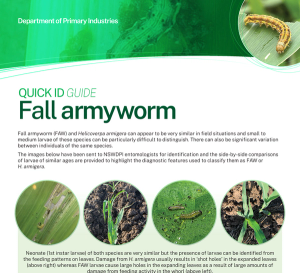
Fall armyworm identification guide
Fall armyworm
NSWDPI
Experts

Melina Miles
Resistance monitoring
The Beatsheet
Beneficial insects
IPM
Identification

Lisa Bird
Resistance monitoring
IPM
Resistance management
Population genetics
Resistance mechanisms
Transgenic crops
